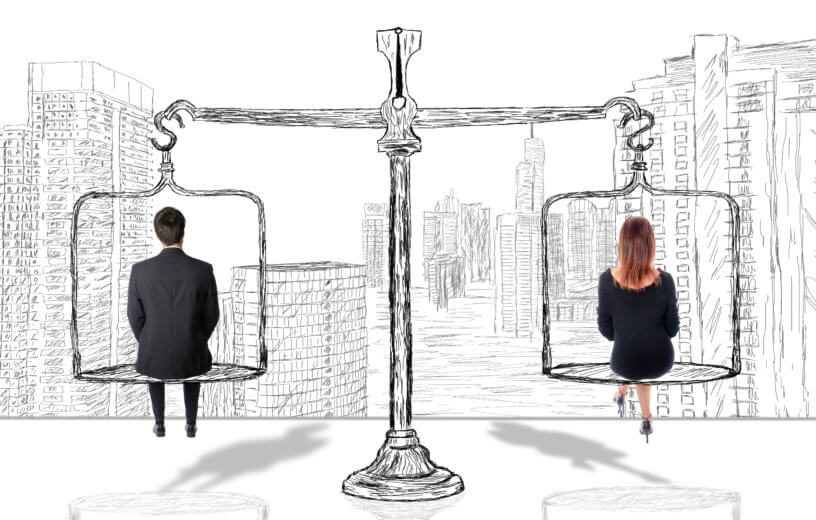COLUMBIA, Mo. — The topic of gender inequality is a complicated issue, sure to incite debate and differing opinions. Perhaps the first step to truly ensuring that both men and women are treated equally on a global scale is agreeing upon how gender inequality is measured in the first place. With that in mind, researchers from the University of Missouri and the University of Essex in the United Kingdom have created a new way of measuring gender inequality in societies and cultures around the world.
The researchers say this new measurement is fairer and weighs the everyday struggles of both men and women more closely.
The result of this measurement, called the Basic Index of Gender Inequality (BIGI), is a more accurate representation of all peoples’ well-being than previous calculations. BIGI weighs three factors: educational opportunities, healthy life expectancy, and overall life satisfaction.
“We calculated BIGI scores for 134 nations, representing 6.8 billion people,” explains David Geary, Professor of Psychological Sciences in the MU College of Arts and Science, in a statement. “Surprisingly, our new measure indicated that men are, on average, more disadvantaged than women in 91 countries compared with a relative disadvantage for women in 43 countries. We sought to correct the bias toward women’s issues in existing measures and at the same time develop a simple measure that is useful in any country in the world, regardless of their level of economic development.”
According to the BIGI measure, Geary and his team found that the most developed countries in the world came the closest to gender equality, with a slight advantage for women. In all of the least developed countries studied, women were almost always lagging behind men, mostly due to suppressed educational opportunities.
In countries considered in the middle tier of development, the results were mixed. Almost the same number of countries were found to be disadvantageous for men compared those that were found to be disadvantageous for women. Male disadvantages, when they appeared, were mostly due to a shorter healthy lifespan.
While it may be a bit surprising at first consideration to read about men dealing with inequality so often, researchers say the BIGI is taking into account often overlooked male inequality factors such as harsher punishments for the same crime, more occupational deaths, and mandatory military service.
“With the BIGI, we are focusing on issues that are important to all women and men in any nation, regardless of level of economic and political development, and by including factors that can disadvantage men as well as women,” Geary says. “Current equality measures are generally biased to highlight women’s issues and thus are not really measures of gender equality.”
On a global scale, researchers say that less developed nations need to focus on more fair education opportunities across both genders, while wealthier, more developed nations should turn their attention to preventative health care.
The study is published in the scientific journal PLOS One.
